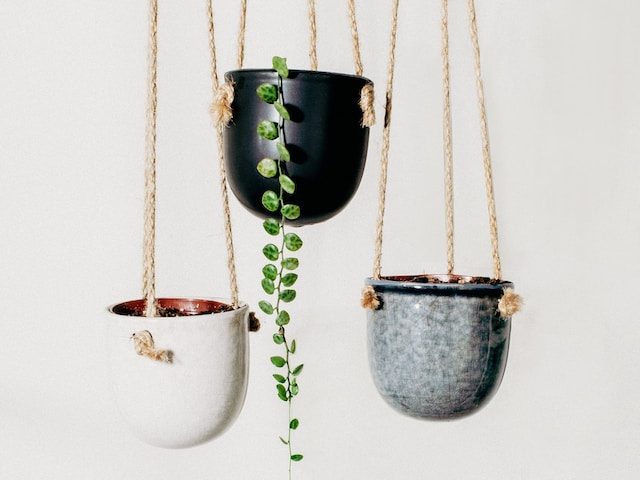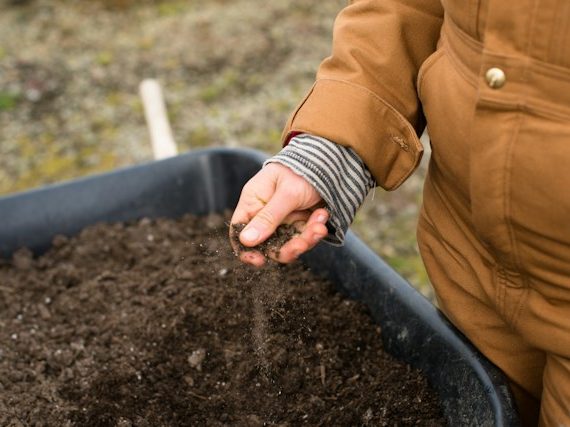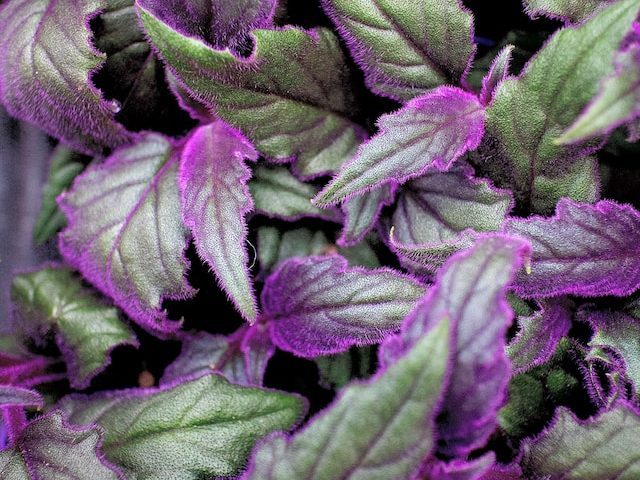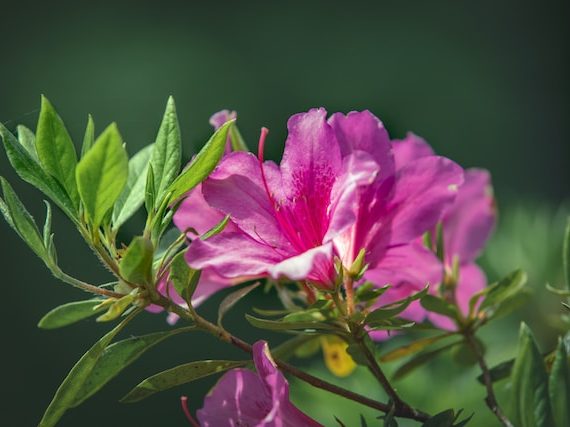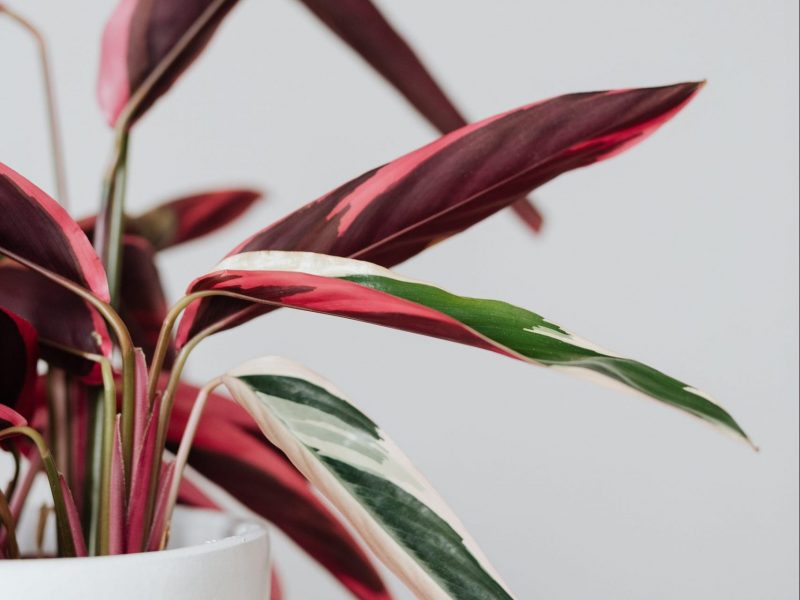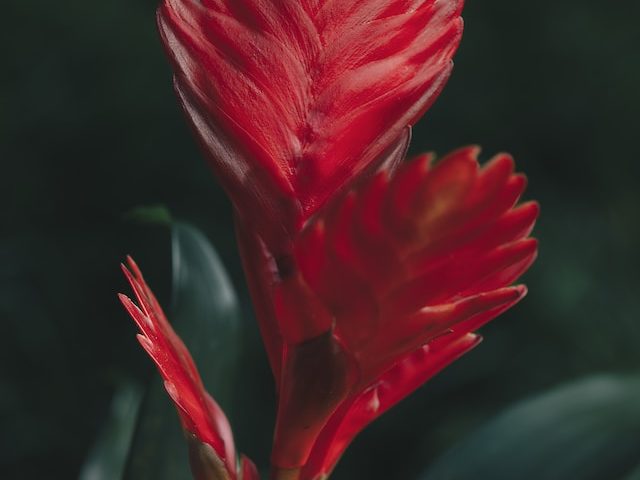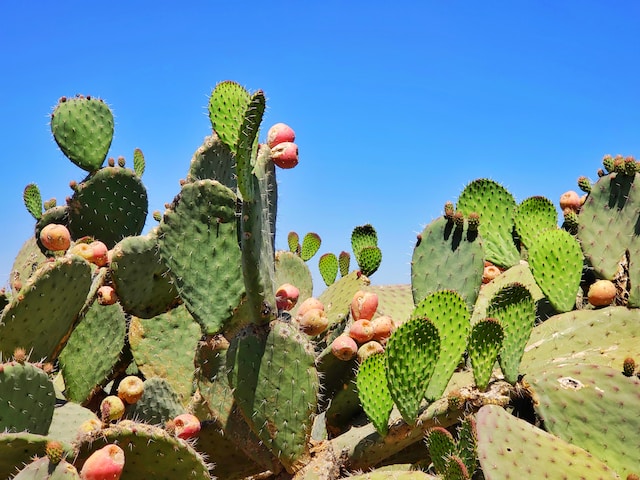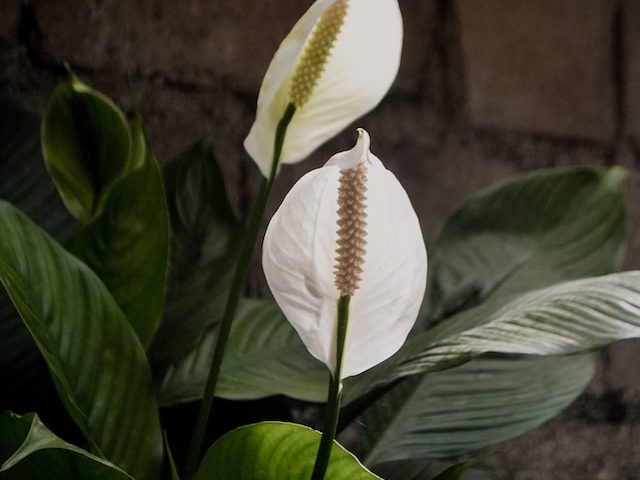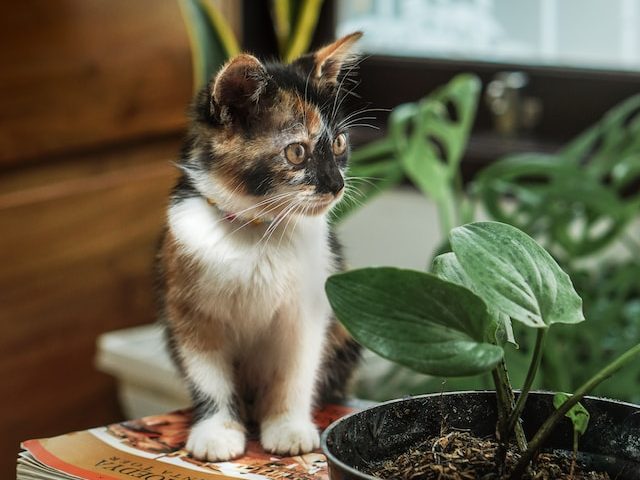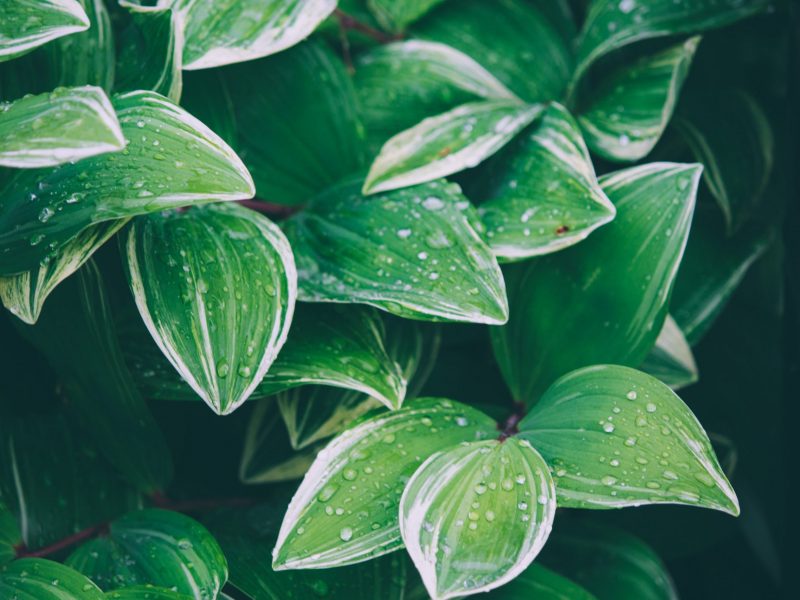Croton Plant Leaves
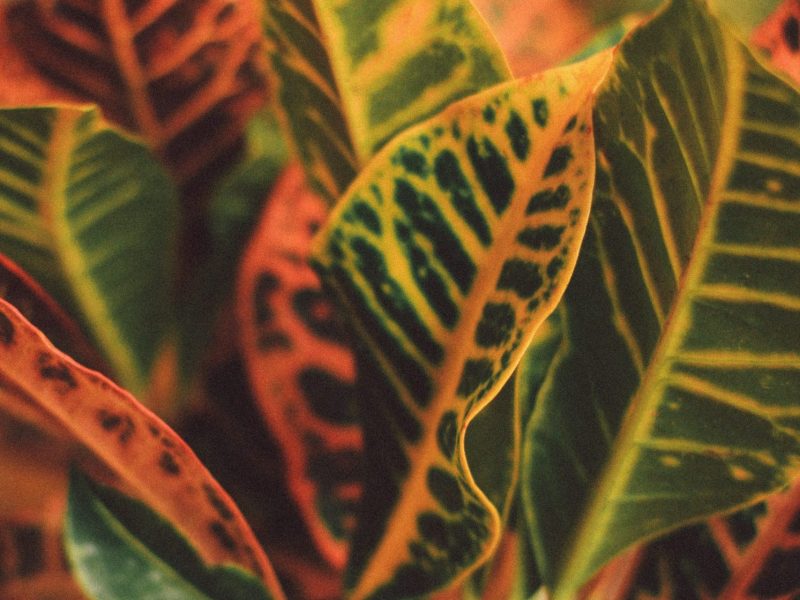
Introduction to Croton Plants: Origin and Characteristics
If you’re searching for a houseplant that brings a pop of color to your indoor space, you really don’t need to look any further than the Croton Plant. Native to the tropical regions of Southeast Asia and the Pacific Islands, these plants are known for their vibrant, multi-colored foliage that comes in a variety of unique patterns.
Croton Plants, scientifically known as Codiaeum variegatum, have gained immense popularity in the world of indoor gardening due to their striking appearance and relatively easy care and hardiness. The leaves of these plants are not just green, but a mix of yellow, red, orange, and even purple. No two croton plants are alike, each one is a unique combination of all of these incredible colours.
There are several different varieties of Croton plants, each with its own unique leaf shape. Some varieties have broad, flat leaves, while others are narrow and twisted.
Characteristics of Croton Plants
- Vibrant Foliage: The most distinctive feature of Croton plants is their brightly colored leaves. Each leaf is a combination of green, yellow, red, orange, and sometimes even purple.
- Sunlight Lovers: Crotons love sunlight. The more sunlight they receive, the brighter their leaves become.
- Varieties: There are countless varieties of Croton plants, each with its unique leaf shape and coloration pattern.
- Size: Croton plants can grow up to 10 feet tall when grown outdoors in ideal conditions. However, indoor plants usually stay between 2 and 3 feet tall.
Croton Plant Varieties
The Croton plant, or Codiaeum variegatum, is renowned for its vibrant foliage and striking leaf patterns and boasts over 100 different varieties. Each one presents a unique blend of colors, leaf shapes, and sizes!
The Petra
The Petra variety of Croton plant is perhaps the most well-known. It is easily recognizable by its large, oval leaves that showcase a vibrant mix of green, yellow, orange, and red hues. The contrast of these colors is particularly noticeable, making the Petra a truly eye-catching variety.
The Mammy
Another popular variety is the Mammy Croton. This plant is smaller than the Petra, but its twisted, curly leaves offer a unique visual appeal. Its leaves are predominantly red and yellow, intermingled with shades of green.
The Zanzibar
The Zanzibar variety features thin, long leaves that arch elegantly. Its leaves are a vibrant mix of green, yellow, and reddish hues. This variety’s unique leaf shape and vivid colors make it a stunning addition to any indoor garden.
The Gold Dust
Last but not least, the Gold Dust Croton is notable for its dark green leaves speckled with bright yellow spots, resembling sprinkles of gold dust. This variety brings a unique, starry-night aesthetic to your indoor plant collection.
Lighting Requirements for Your Croton Plant
They thrive in bright, indirect sunlight and need a good amount of it to maintain their vibrant foliage. That being said, they’re not fans of direct, harsh sunlight as it can cause their leaves to become sunburnt.
Indoor Lighting:
- Place your Croton plant near a window that gets plenty of sunlight. East or west-facing windows are typically ideal.
- If direct sunlight through the window is too intense, consider using a sheer curtain to filter the light.
Outdoor Lighting:
- If you’re growing your Croton plant outdoors, a location that receives morning sun and afternoon shade works best as afternoon sun can be a bit too intense for these plants in the peak of summer. .
Low light: Croton plants can adapt to lower light conditions, but this often results in duller leaf colors. To keep your plant’s leaves vibrant, make sure it gets plenty of bright, filtered sunlight.
What if My Home Doesn’t Have Enough Natural Light?
If your home doesn’t provide enough natural light, you can supplement it with artificial light. LED grow light tubes work well for this purpose as they don’t heat up and dry out your plant. Position your Croton plant about a foot away from the light source and leave it on for about 14 hours a day. This should provide your plant with the light it needs to thrive.
Watering Your Croton Plant: Frequency and Technique
Frequency
Generally, a Croton plant needs to be watered once the top inch of the soil begins to dry out. In most indoor settings, this typically happens once a week. However, during hot and dry periods, your Croton may require watering more frequently, possibly two or three times a week.
This is why it’s important to avoid using rigid watering schedules and adapt your routine depending on how quickly or slowly the soil dries out.
Technique
When you water your Croton, aim to moisten the soil evenly all around the plant. Pour water slowly onto the soil and continue until it starts to drain from the holes at the bottom of the pot. It’s good practice to then wait a few minutes and repeat the process, ensuring the soil is thoroughly soaked.
After about 15 minutes, make sure to empty any excess water from the saucer after watering to prevent the roots from sitting in water.
Always use water at room temperature to avoid shocking the plant and using a narrow spouted watering can will help you avoid splashing the leaves with water, potentially causing them to rot.
Choosing the Right Soil for Your Croton Plant
Well-Draining Soil:
Croton plants prefer well-draining soil. This means that the soil should allow water to pass through it easily, preventing the roots from sitting in water and developing root rot. A good potting soil mix for Crotons typically includes peat moss, perlite, or coarse sand.
Soil pH:
Croton plants prefer slightly acidic to neutral pH levels. The ideal pH range for these plants is between 6.0 and 7.0. If your soil is too alkaline, you can adjust it by incorporating sphagnum peat into the mix, which naturally lowers the soil’s pH.
Humidity and Temperature Needs
As a tropical plant, your Croton thrives in warm and humid conditions. Understanding these needs are essential to its overall well-being and avoiding issues such as brown spots, leaf tips and leaf drop.
The ideal temperature for your Croton is between 60 and 85 degrees Fahrenheit. Avoid drastic temperature changes as they can cause leaf drop and generally an unhappy plant. Exposing your Croton to temperatures below 50 degrees Fahrenheit might be detrimental to the plant as it can cause the cells in the leaves to freeze and die.
Humidity is another significant factor for your Croton. These plants prefer a high-humidity environment. If you live in a dry climate, there are several methods you can employ to increase the humidity around your plant:
- Misting: Lightly mist your Croton with water to increase the humidity. However, be careful not to overdo it as excessive moisture can lead to fungal diseases.
- Humidity Tray: You can place your pot on a tray filled with pebbles and water. The water in the tray will evaporate, providing your plant with the humidity it craves.
- Room Humidifier: Using a room humidifier can be an effective way to increase the humidity. This is particularly useful in winter when indoor air tends to be dry.
Fertilizing Your Croton Plant for Optimal Growth
When it comes to fertilizing your Croton Plant, a balanced approach is key to promoting optimal growth. While Crotons aren’t particularly fussy, providing the right nutrients can make a significant difference.
Use a balanced, water-soluble fertilizer to feed your plant. A good ratio to look for is 10-10-10 or 20-20-20 (that’s nitrogen, phosphorous, and potassium). This will provide the necessary nutrients for your Croton plant to flourish.
Here’s a simple fertilizing routine for your Croton plant:
- Apply fertilizer once a month during the growing season (spring and summer).
- Don’t fertilize at all during fall and winter, as the plant’s growth will slow down during these seasons.
- Always water your plant before fertilizing to avoid burning the roots.
- Follow the instructions on the fertilizer package for the right amount to use. Remember, less is more when it comes to fertilizing houseplants.
Signs Your Croton Plant is Over-Fertilized
While fertilizing is important, overdoing it can harm your plant. Here are a few signs that your Croton may be getting too much fertilizer:
- The leaves are starting to yellow or brown, either as small spots throughout the leaves or as edges or tips
- There’s a white, crusty buildup on the surface of the soil
- The new leaves are smaller, even in summer
If you notice any of these symptoms, flush the soil with water to remove excess fertilizer and hold off on feeding for a few weeks.
Repotting your Croton Plant
Though it may seem daunting, the process can be simplified into manageable steps, making it easy and safe for your plant.
When to Repot
Generally, Crotons should be repotted once every 1-2 years. However, it’s essential to watch for certain signs that your plant is ready for a new home. These include:
- The plant’s roots are coming out of the drainage holes or out of the top of the pot
- You notice a decrease in the plant’s growth, even during its growing season
- The soil dries out more quickly than usual
Steps to Repot
When it’s time to repot, follow these simple steps to ensure a successful transition:
- Prepare the New Pot: Choose a new pot that is 1-2 inches larger in diameter than the current pot. Ensure it has good drainage and fill it about one-third of the way with a high-quality potting mix.
- Remove the Plant: Water your Croton plant thoroughly the day before repotting to loosen the soil. On the day of repotting, tilt the pot and gently pull out the plant, being careful not to damage the roots.
- Place the Plant: Place the plant in the new pot, ensuring it sits at the same height as it did in the previous pot. Fill the remaining space with potting mix, pressing down gently to remove any air pockets.
- Water and Position: Water the plant thoroughly and place it in its usual spot. Some leaves might droop after repotting, but don’t worry, this is normal and they will perk up in a few days.
Pruning and Trimming Your Croton Plant
Pruning and trimming your Croton plant is a crucial part of maintaining its health and vibrant appearance. There’s no need to feel intimidated by this task; it’s much simpler than it sounds.
Before you begin, make sure you have a sharp pair of pruning shears, or a knife, and wear gloves to protect your hands. Crotons produce a milky sap that can irritate the skin and cause some itchiness.
Identification of the Right Time
Identifying the right time for pruning is key. The best time to prune your Croton plant is during the spring or summer when the plant is in active growth. However, if you notice any dead or dying leaves, prune these regardless of the time of year.
Procedure
- Step One: Start by examining your plant thoroughly. Look for any dead or diseased leaves. These should be your first targets when pruning.
- Step Two: Cut back the longest branches to encourage bushier growth. Be careful not to cut more than 1/3 of the plant at once.
- Step Three: Prune any branches that are growing out of shape or spoiling the symmetry of the plant.
- Step Four: Lastly, remove any leaves that have fallen to the bottom of the pot. These leaves can rot and attract pests.
Cleaning your Croton Plant
Dust and grime can block light from reaching the leaves, inhibiting photosynthesis and subsequently, the growth of your plant. This is why cleaning needs to be something you build into your plant care routine.
Here’s how you can keep your Croton plant clean:
- First, remove any dead or yellowing leaves from the plant. Regular pruning helps the plant to focus its energy on new growth and helps to prevent disease.
- Next, lightly dust off the surface of the leaves using a soft, damp cloth. Be gentle to avoid damaging the leaves. This step should be done at least once a month to ensure your plant’s leaves can fully absorb light.
- Finally, giving your plant a gentle shower every once in a while can help to deep clean your plant. This can be done by placing the plant in the shower and lightly spraying it with lukewarm water. This not only cleans the leaves but also mimics its natural tropical rainforest habitat.
Croton Plant Flowers
The flowers of a Croton Plant are small, creamy-white in color, and typically grow in clusters. These clusters of flowers grow out from the base of the leaves and can add a subtle dimension to your plant’s overall appearance.
Now, if you’re wondering about how to encourage your Croton plant to flower, here are a few tips:
- Ensure your plant gets plenty of light. Croton plants need a lot of light to produce flowers. So, find a spot in your home that gets bright but indirect sunlight.
- Keep the temperature constant. Croton plants prefer a warm and stable temperature, ideally between 60-85°F (15-29°C). Rapid temperature fluctuations can stress the plant and hinder blooming.
- Feed your plant regularly. Providing your Croton with a balanced, slow-release fertilizer during its growing season (spring and summer) can help promote flowering.
Dealing with Common Pests and Diseases in Croton Plants
Croton Plants can be susceptible to a variety of pests and diseases. However, with the proper care and attention, these issues can be prevented or treated effectively. Here’s what you need to know:
Pests
Common pests that affect Croton plants include spider mites, mealybugs, and scale insects. Look for signs like discolored or curled leaves, a sticky residue on the plant or nearby surfaces, or visible insects.
- Spider Mites: These tiny pests can be difficult to see, but you may notice tiny webs on your plant. Washing your plant with a mild soap solution can help control the infestation.
- Mealybugs: If you notice small, white, fuzzy spots on your plant, you may have mealybugs. These pests can be removed with a cotton swab dipped in alcohol.
- Scale Insects: These pests appear as small, brown, shell-like bumps on the plant. Like mealybugs, they can be removed with a cotton swab dipped in alcohol.
Diseases
Croton plants are generally hardy, but they can be susceptible to certain diseases, particularly if they are overwatered or have poor air circulation. The most common diseases include leaf spot and root rot.
- Leaf Spot: If you notice brown or black spots on your plant’s leaves, it may have leaf spot. Avoid overwatering and ensure your plant has good air circulation to prevent this disease.
- Root Rot: This is typically caused by overwatering. If your plant’s leaves are yellowing and wilting, you may have root rot. Allow the soil to dry out completely between waterings to prevent this issue.
In general, the key to preventing pests and diseases in your Croton plant is to provide the right conditions and care. Regularly check your plant for signs of trouble, and take action at the first sign of problems as this will help you to treat the issue quicker and more successfully.
Croton Plant FAQs
How much light does a Croton Plant need?
Croton Plants can survive in medium to bright but indirect light levels. You want to avoid exposing them to intense direct sunlight though as this will scorch and discolor those incredible leaves.
How often should I water my Croton Plant?
You want to water your Croton Plant enough so that the potting mix stays evenly moist. This requires a little but often watering approach to avoid waterlogged or bone dry soil. On average you’ll want to water once a week in the warmer months and cut back to twice a month in autumn and winter.
Is the Croton Plant toxic?
Unfortunately, the Croton Plant is mildly toxic when ingested and will cause some stomach irritation.
Are Croton Plants easy to care for?
Once your Croton Plant has adapted to its environment and you’ve found a good spot for it, they can become very low maintenance houseplants.
Common Problems with your Croton Plant
Why is my Croton Plant dropping leaves?
If you notice your Croton Plant dropping quite a few leaves, it may be due to a lack of humidity or shock from cold temperatures. Find out more about how to increase the humidity for your Croton Plant in our humidity guide.
Why are the leaves on my Croton Plant dull and lacking color?
The unique patterns and colors on a Croton Plant are formed in humid and bright environments. If you find your Croton Plant’s leaves are quite dull in appearance, try increasing the humidity or moving it closer to a window.



